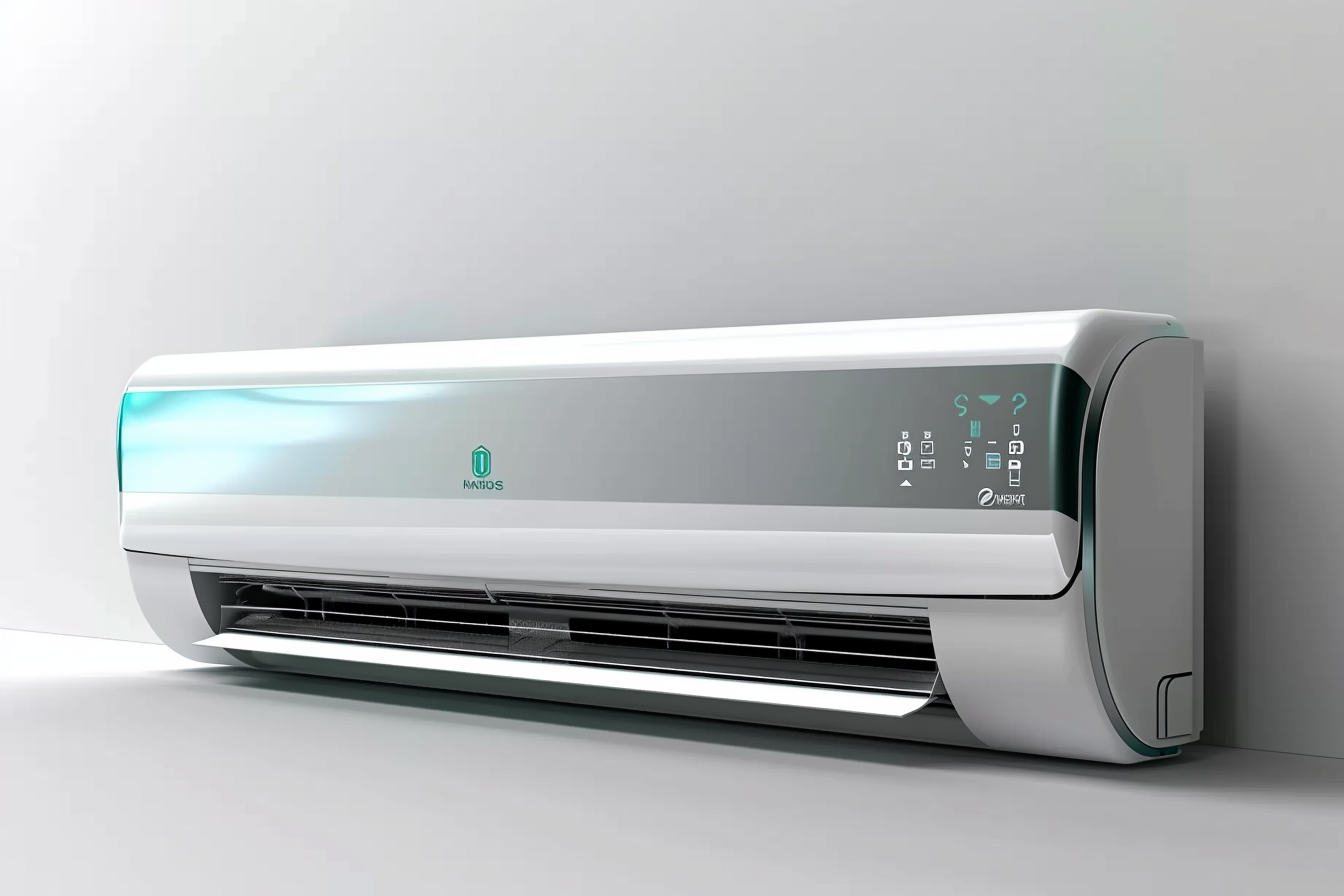Ductless (Mini-Split) AC: Complete Home Guide
Explore ductless (mini-split) air conditioning as a flexible, energy-efficient alternative to traditional HVAC. This guide explains zone-based temperature control, high SEER performance, simplified installation for homes without ducts, maintenance best practices, and pricing to help you decide if a mini-split fits your project.

Benefits of Choosing a Ductless System
Ductless air conditioners, frequently called mini-splits, provide several advantages compared with conventional ducted HVAC setups. They allow precise temperature control for individual rooms or zones, so different areas can be cooled to different setpoints without wasting energy on spaces that aren’t in use. Because there is no ductwork, energy losses from leaks and heat transfer through ducts are eliminated, and many modern units boast exceptional efficiency—some models reach SEER ratings above 30. Installation is typically less disruptive than retrofitting ducts and can often be completed in a day, making mini-splits an excellent option for older homes, additions, or renovation projects.
Installation Requirements and Considerations
Although a ductless system can be less invasive to install than a full ducted system, professional installation is essential for reliable performance and warranty compliance. Proper system sizing is critical: both indoor air handlers and the outdoor compressor must be matched to the cooling (and, if applicable, heating) load of the spaces they serve. Installers will consider room orientation, insulation levels, window sizes, and occupancy to recommend the correct capacity.
Placement matters for airflow and efficiency. Indoor units mount on interior walls, usually high on the wall for better cold-air distribution, and should be positioned to avoid direct obstructions. The outdoor compressor needs a stable, level base—such as a slab or bracket—and should be placed where it has ample clearance for air intake and exhaust to prevent recirculation and overheating. Technicians will also ensure adequate space around both indoor and outdoor components for maintenance access and safe operation.
Maintenance and Care
Routine care keeps a mini-split operating efficiently and prolongs its lifespan. Homeowners should remove and clean or replace air filters on a monthly basis during heavy use, which helps maintain airflow and indoor air quality. The outdoor unit should be kept free of leaves, ice, snow, and other debris that can restrict airflow. An annual checkup by a qualified HVAC technician is recommended to inspect and test refrigerant levels, check for leaks in refrigerant lines, verify electrical connections, and assess overall system health.
With consistent maintenance and correct installation, ductless systems commonly last more than 15 years while sustaining high performance. Promptly addressing minor issues—such as line insulation damage or erratic cycling—can prevent costly repairs and maintain efficiency.
Cost and System Options
Ductless systems come in single- and multi-zone configurations to suit different layouts and needs. The price depends on capacity, number of indoor units (zones), brand, and installation complexity. Below is a general pricing guide to help you estimate costs for common setups.
| System Type | Capacity (BTUs) | Average Cost Range |
|---|---|---|
| Single Zone | 9,000–12,000 | $3,000–$5,000 |
| Dual Zone | 18,000–24,000 | $5,000–$8,000 |
| Triple Zone | 27,000–36,000 | $7,000–$10,000 |
| Quad Zone | 36,000–48,000 | $9,000–$14,000 |
Prices, rates, or cost estimates mentioned in this article are based on the latest available information but may change over time. Independent research is advised before making financial decisions.
When budgeting, factor in any electrical upgrades, the length and routing of refrigerant lines, mounting hardware, and potential costs to prepare indoor mounting locations. Multi-zone systems can reduce total equipment costs versus installing separate single-zone units, but complexity and refrigerant line runs may increase labor expenses.
Energy Efficiency and Environmental Impact
Mini-split systems often outperform traditional central systems in terms of efficiency because they avoid duct losses and employ advanced inverter-driven compressors. Inverter technology allows the outdoor unit to modulate power output to match load demand, reducing on/off cycling and lowering electricity consumption. Many modern mini-splits use low-global-warming-potential refrigerants that are more environmentally friendly than older refrigerant types. The combined effects of higher seasonal energy efficiency and improved refrigerant chemistry result in reduced greenhouse gas emissions and lower utility bills, making ductless systems an eco-conscious choice for many homeowners and businesses.
Choosing the Right System and Final Thoughts
Ductless air conditioning is a versatile solution for a broad range of situations—new construction, room additions, attic or basement conversions, and older homes where ductwork installation would be costly or impossible. To decide if a mini-split is right for your project, consult a licensed HVAC professional for load calculations, layout recommendations, and a written estimate. They can help you compare single- versus multi-zone options, discuss energy-efficiency ratings, and outline maintenance needs.
In summary, ductless (mini-split) systems offer targeted climate control, strong energy performance, and flexible installation options. With proper sizing, expert installation, and routine maintenance, they can deliver reliable comfort and long-term cost savings for homes and commercial spaces where traditional ducts aren’t feasible.






